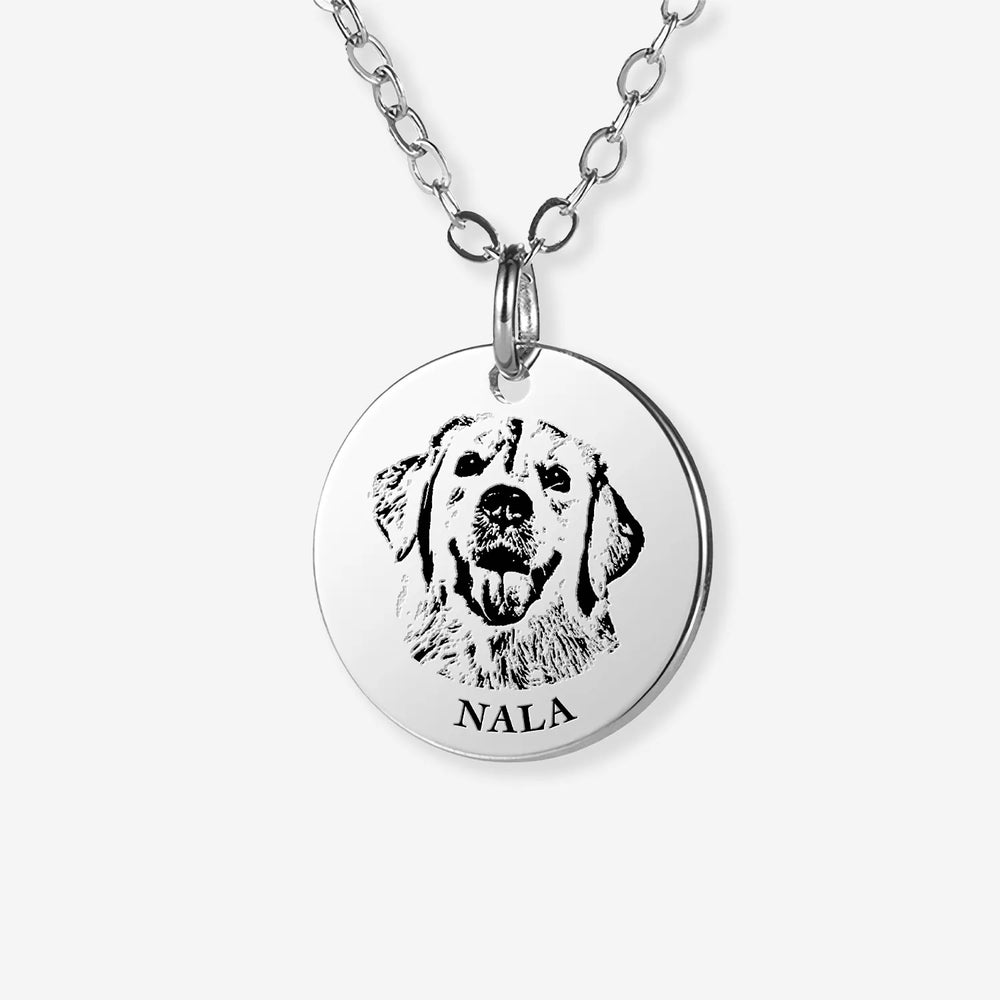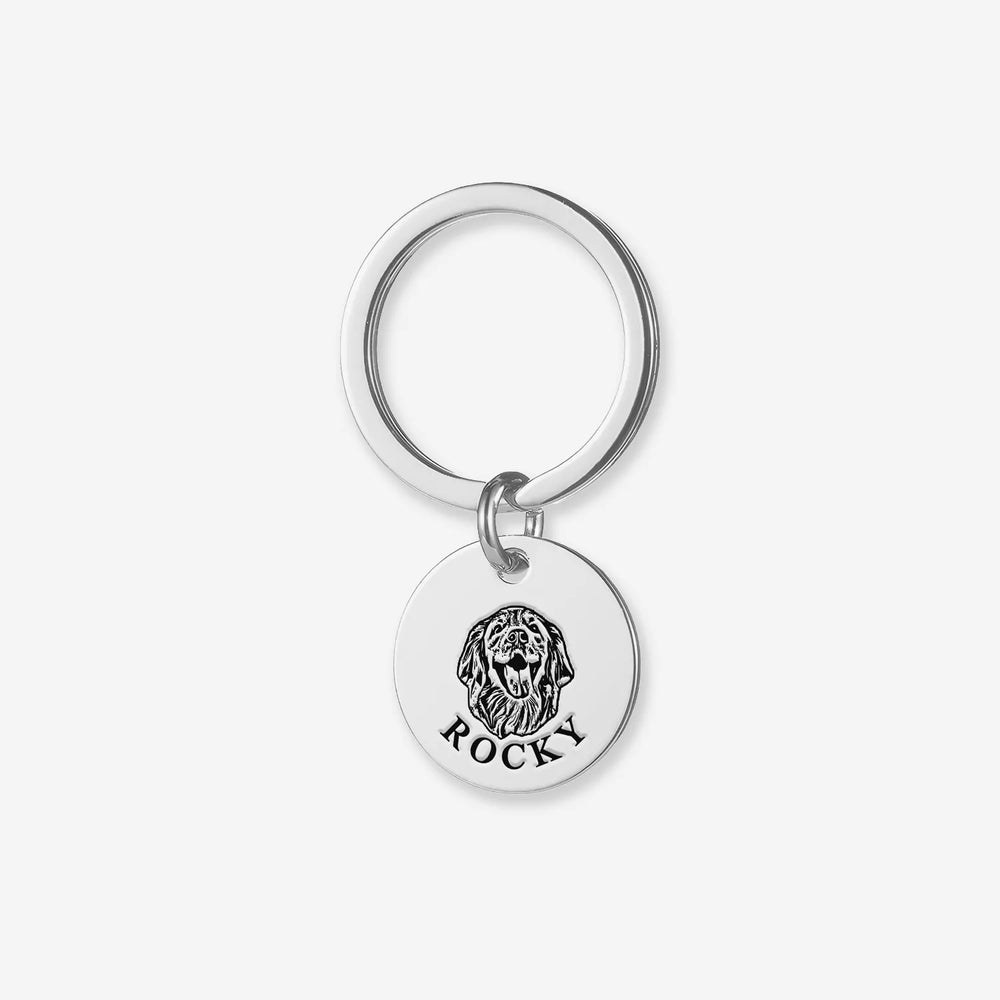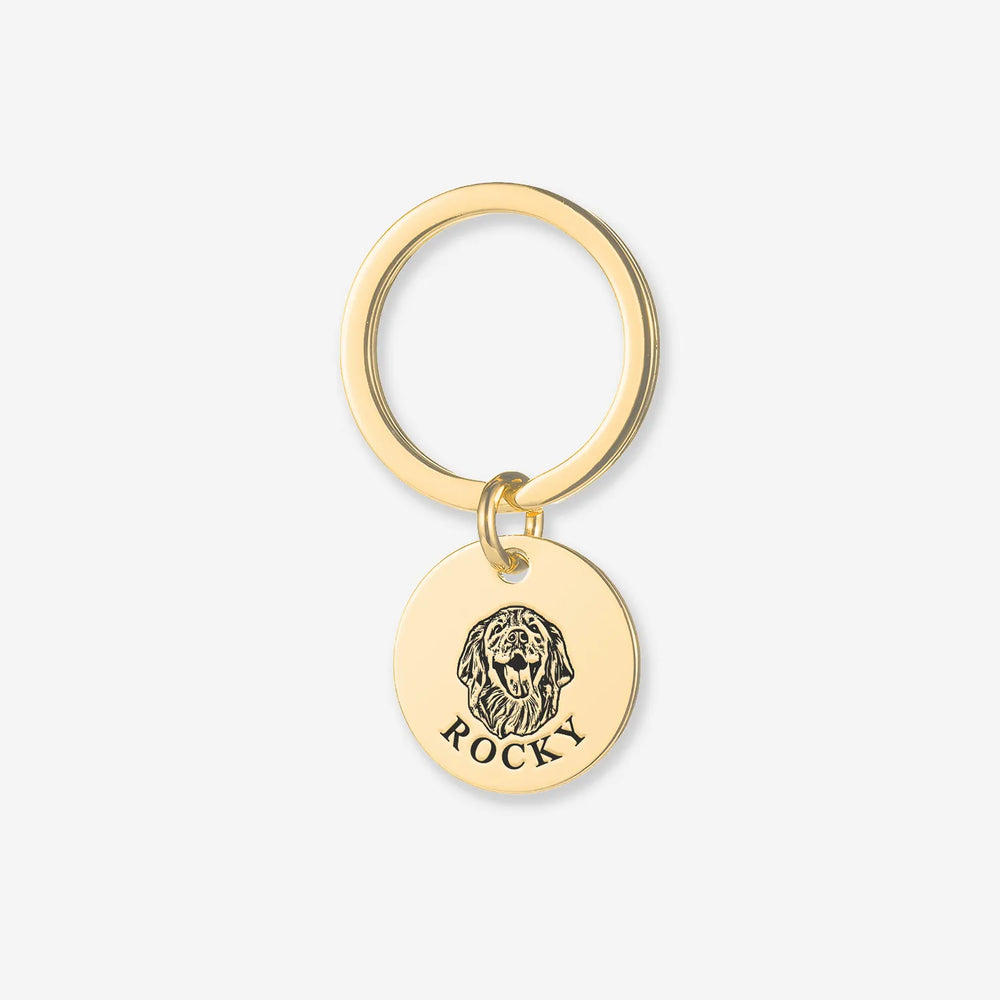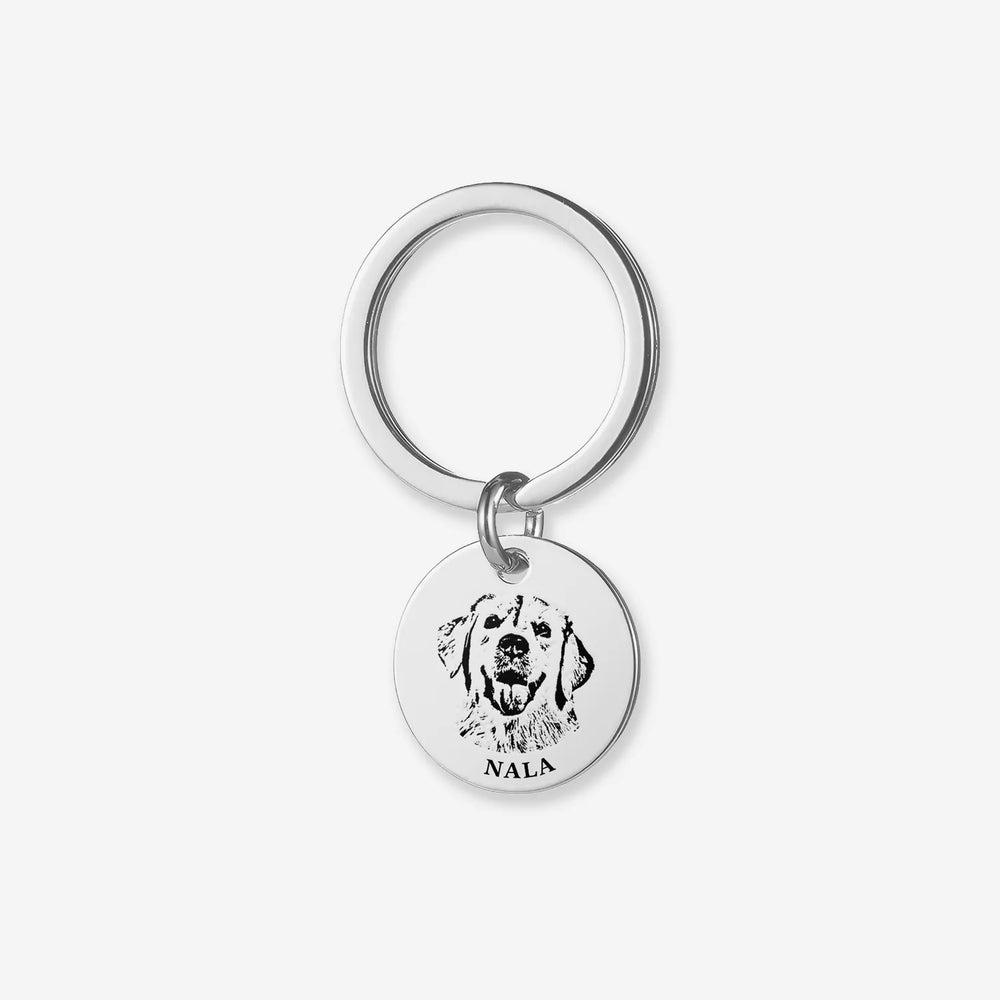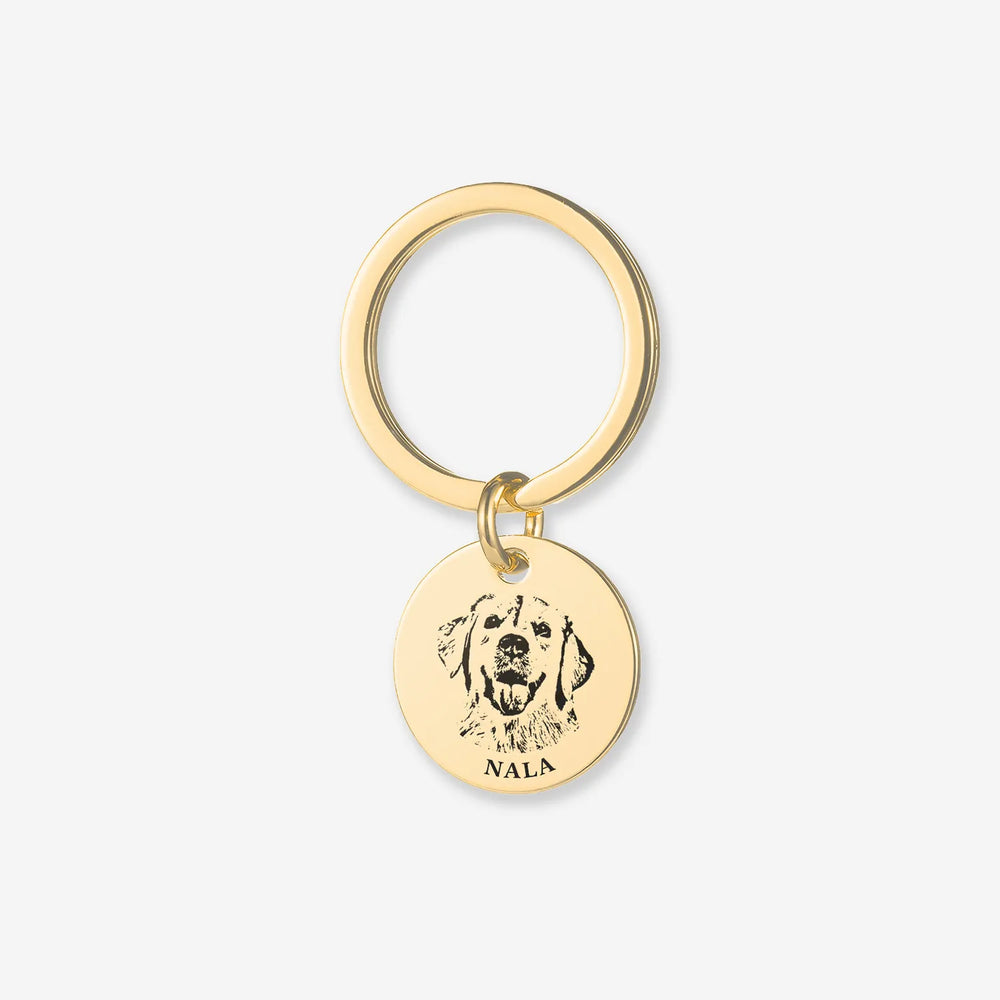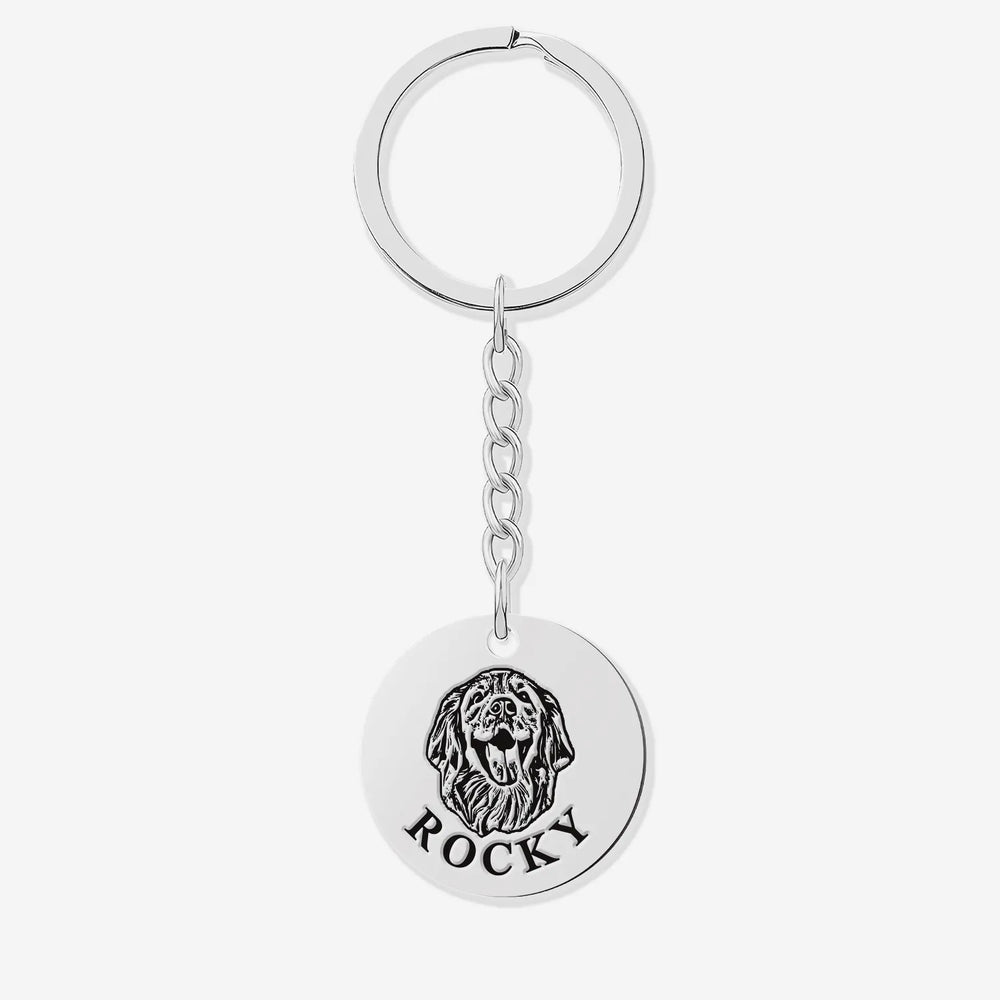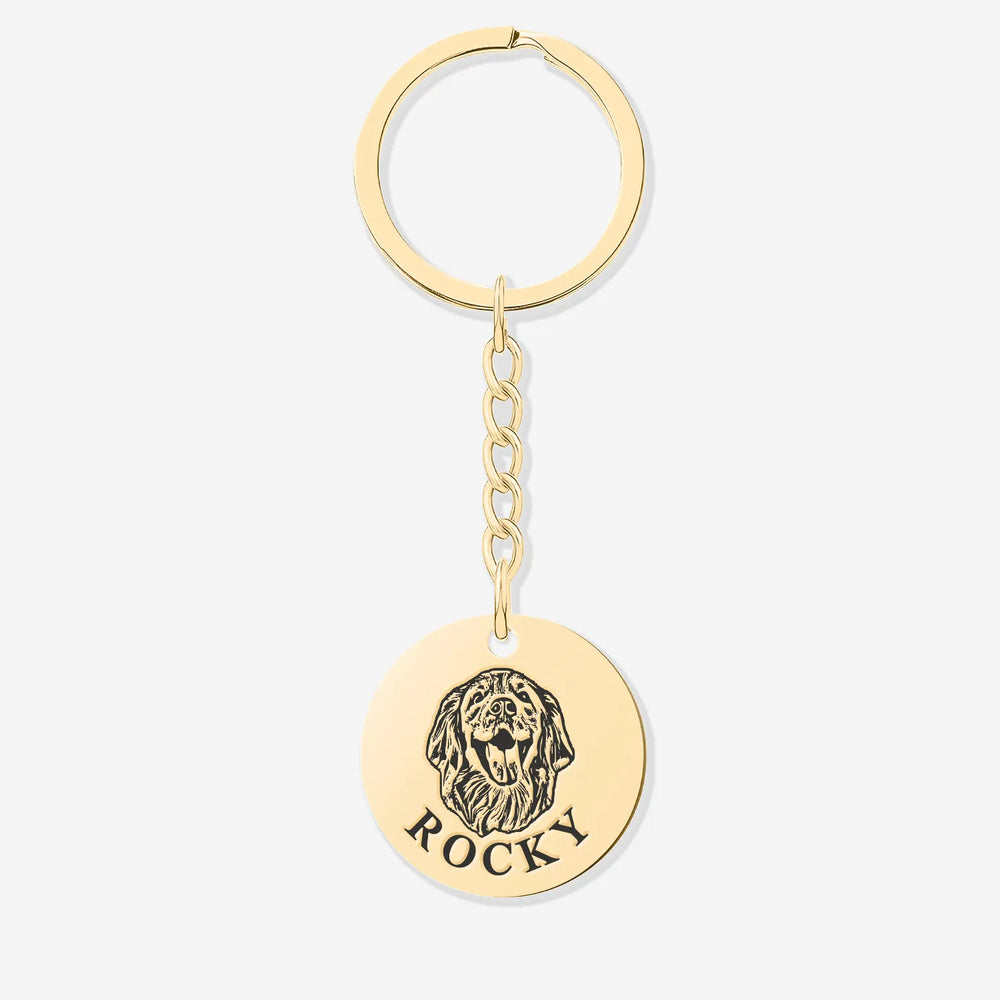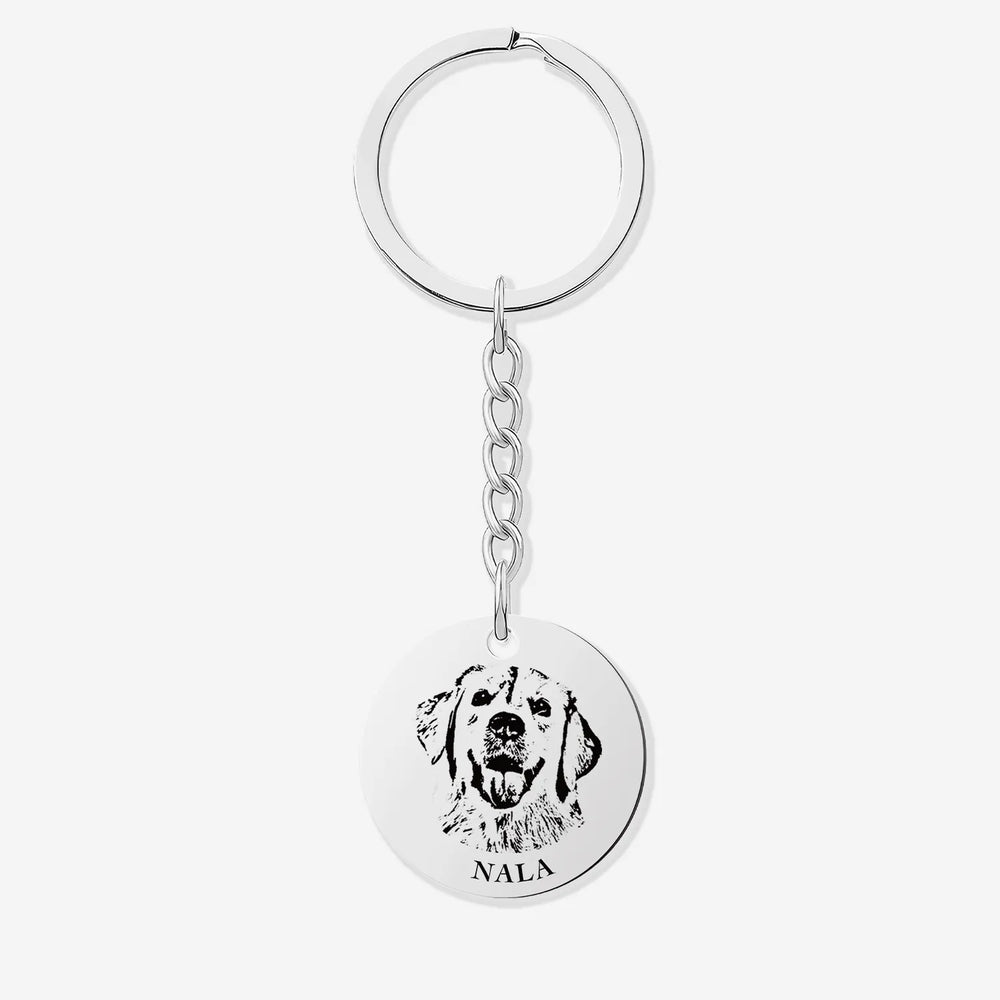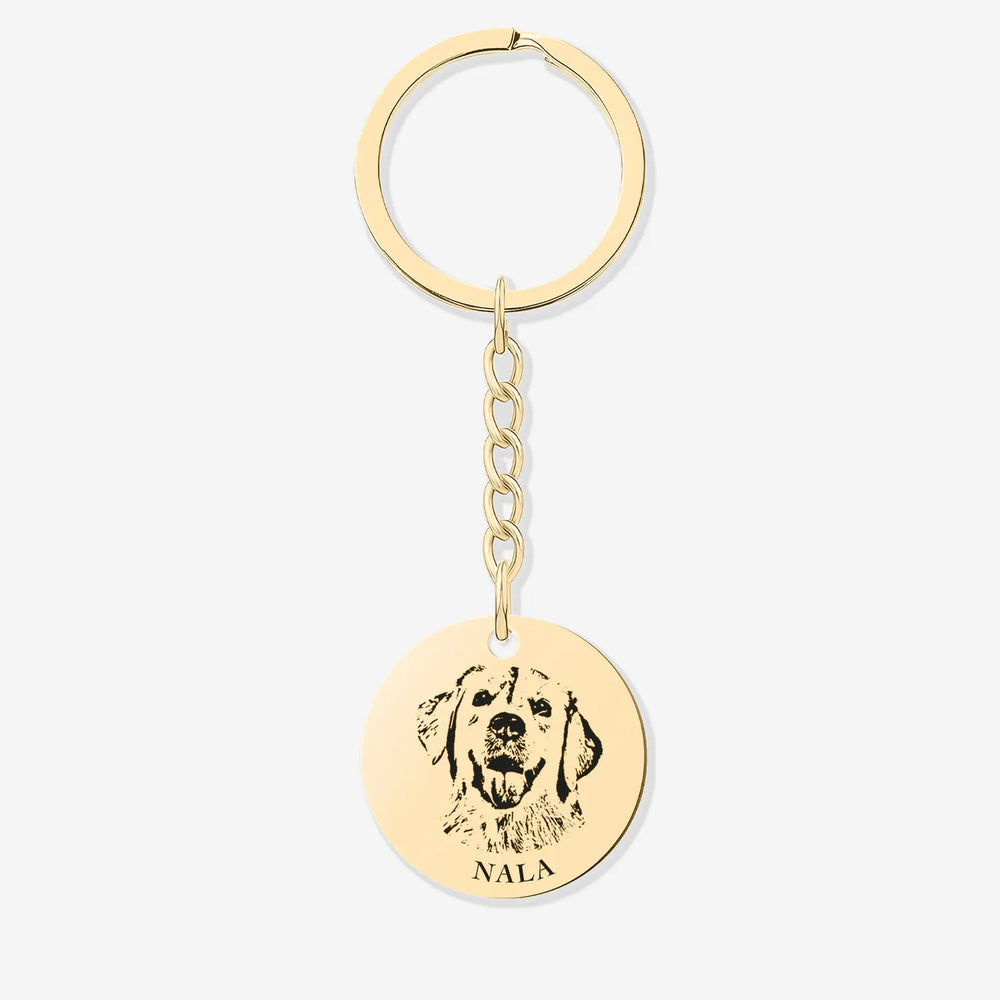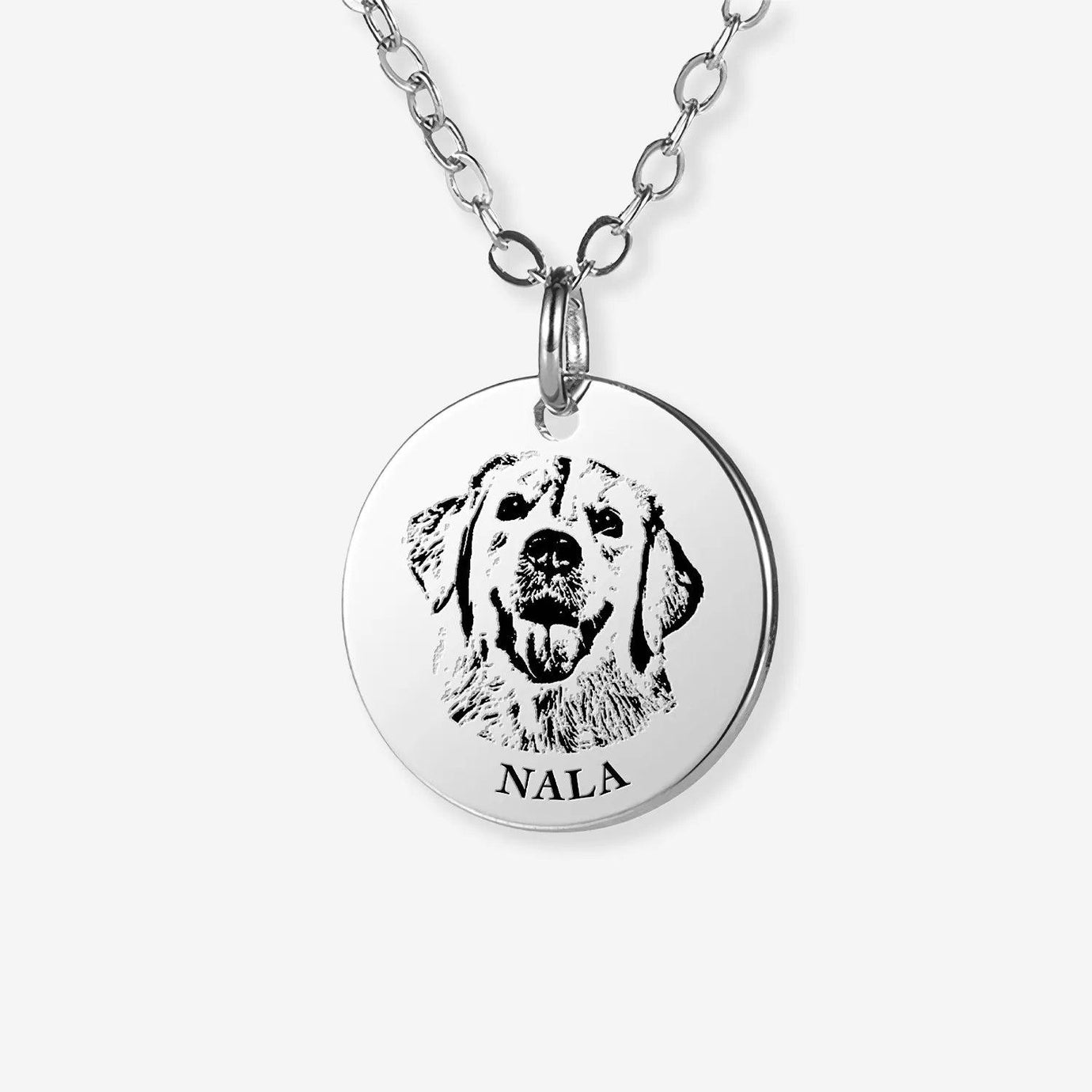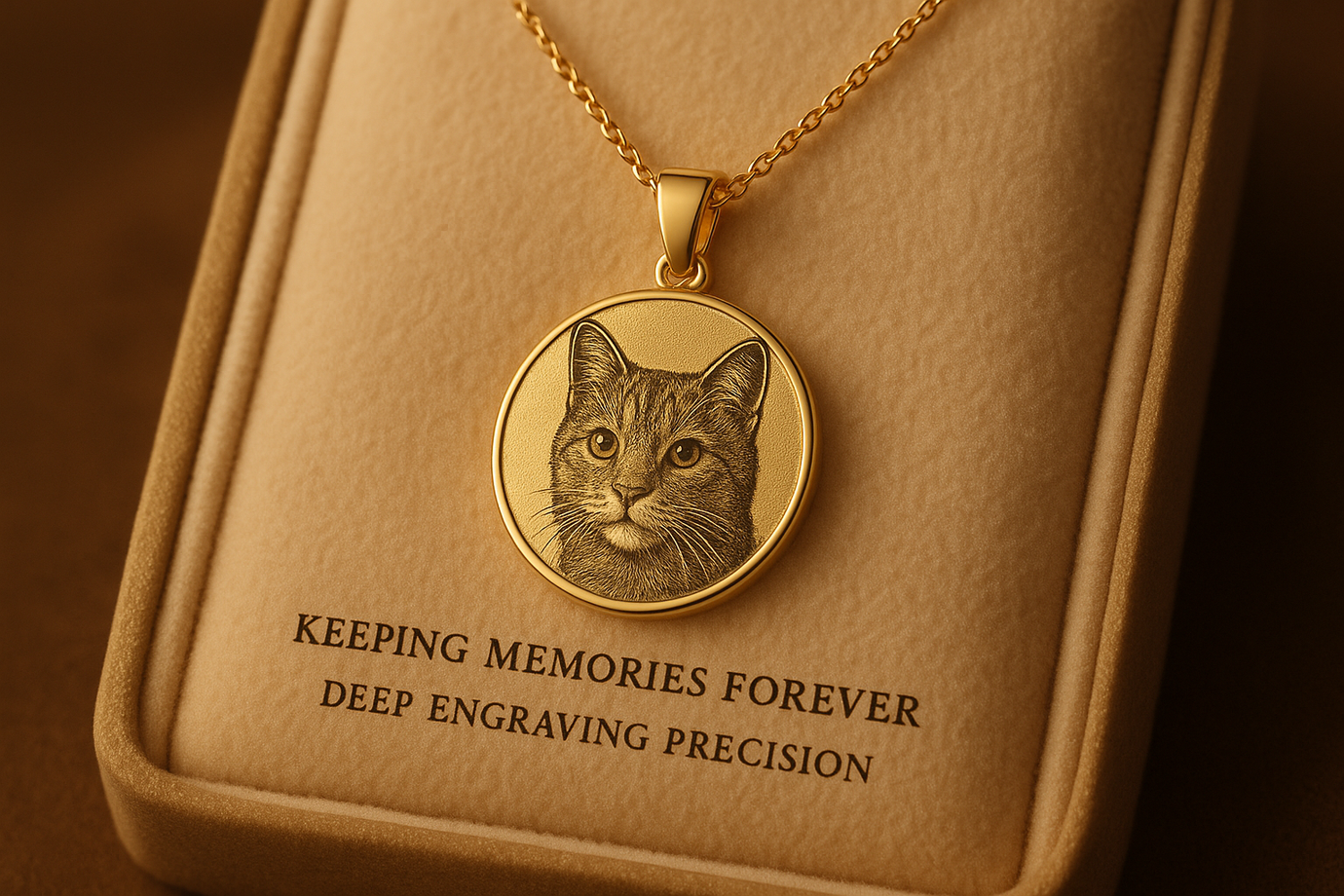Buy One, Get One FREE
Are Scary-Looking Dog Breeds Good for Beginners?

Choosing a dog is one of the most rewarding decisions you can make. When you’re a beginner, it’s important to select a breed that matches your lifestyle and experience. Some might shy away from adopting a dog that looks scary, but are scary-looking dog breeds a good fit for novice owners? In this blog post, we’ll explore the characteristics of these breeds, their benefits, and how they compare with other breeds.
Understanding Scary-Looking Dog Breeds
What makes a dog breed scary-looking? It can be their size, shape, or even facial features. Common examples include Rottweilers, Pit Bulls, and Doberman Pinschers. These dogs often look intimidating, but many have gentle and loving personalities.
Traits often associated with scary-looking breeds include strong builds and powerful jaws, but that doesn’t define their temperament. Many are loyal and protective, making them excellent family companions. Understanding these traits helps first-time owners make informed choices.
Benefits of Adopting Scary-Looking Dog Breeds
Scary-looking dogs have a unique appeal attracting many first-time owners. While their appearance may be fierce, their personalities can often surprise you. Here’s why these breeds might be a good fit for beginners:
Unique Appeal of Scary-Looking Dogs
One of the main reasons people adore scary-looking dog breeds is their distinctive appearance. Many owners find joy in showcasing their dog’s strong look. Additionally, these breeds can form strong bonds with families. Most of them are incredibly loyal and protective, making them great companions for all family members.
Low-Maintenance Breeds Among the Most Scary Looking Dog Breeds
Although some scary breeds may require specific care, many are low maintenance. For example, Rottweilers and Doberman Pinschers have shorter coats that need minimal grooming. This could be appealing for first-time owners who may not have time for high-maintenance pets.
Comparing Scary-Looking Breeds with Other Breeds
When choosing a dog, temperament, size, and maintenance are crucial factors to consider. While scary-looking breeds have some misconceptions, they can be just as lovable as other breeds considered more benign.
Factors to Consider: Temperament, Size, and Care
The temperament of scary-looking breeds varies widely. For instance, some might be naturally more aggressive, while others are gentle giants. It’s essential to assess your lifestyle to determine if a specific breed suits you. In comparison, many of the best dog breeds for beginners might be smaller and easier to manage, such as Golden Retrievers or Beagles.
Highlight Specific Breeds
Pit Bull
Known for their strong build, Pit Bulls are often misunderstood. They can be affectionate and loyal, making them good for families. With proper training, they can adapt well to a beginner’s lifestyle.
Rottweiler
Rottweilers are known for their size and strength. They are natural protectors and can bond closely with their families. They require early socialization and training but can make wonderful companions for beginners.
Doberman Pinscher
Dobermans, with their sleek and strong appearance, are often seen as intimidating. However, they are incredibly intelligent and eager to please. Beginners who commit to training may find them to be rewarding companions.
Training and Socializing Scary-Looking Breeds
Training and socializing are crucial for scary-looking breeds. Early training helps them understand their place in the family and community. A properly trained dog is generally well-behaved, which can alleviate misconceptions about their nature.
Importance of Early Training for Beginners
First-time owners should start training as soon as they bring their dog home. Basic commands such as sit, stay, and come are vital. Positive reinforcement works wonders with these breeds. This approach helps create a bond between owner and dog, promoting trust.
Effective Training Techniques
Using treats, praise, and consistency are key elements in training. Classes can also be helpful, as group environments encourage socialization with other dogs. Consider finding a trainer who specializes in scary-looking breeds to guide you effectively.
The Role of Socialization in Adapting These Breeds
Socialization helps your dog learn how to behave around people and other animals. Exposing them to various environments early on can reduce anxiety and fearfulness. This process is essential for scary-looking breeds, ensuring they adapt well to their surroundings.
Tips for First-Time Owners of Scary-Looking Breeds
If you decide to adopt a scary-looking dog, a few tips can help make the experience smooth and enjoyable for both of you.
Preparing Your Home for a New Dog
Before bringing your new pet home, ensure your living space is safe and welcoming. Remove any hazardous items that may pose a risk. Designate a comfortable spot for your new companion to rest and relax.
Essential Gear and Supplies
Gather all necessary supplies before your dog arrives. A sturdy collar, appropriate leash, and food and water bowls are essential. Additionally, don’t forget toys and bedding to help them feel at home.
Finding the Right Trainer and Resources
Look for trainers who have experience with scary-looking breeds. Ask for recommendations or search online for local classes. Many resources are available, from books to online videos that can support your training journey.
Conclusion
In conclusion, scary-looking dog breeds can be excellent companions for beginners if approached correctly. They often have wonderful personalities that challenge their intimidating looks. Ultimately, it’s crucial for potential dog owners to consider all factors before adopting. Adopting a dog, regardless of its appearance, is a commitment that requires understanding, love, and patience. So don’t overlook the scary-looking breeds; they might just be the perfect addition to your family!




